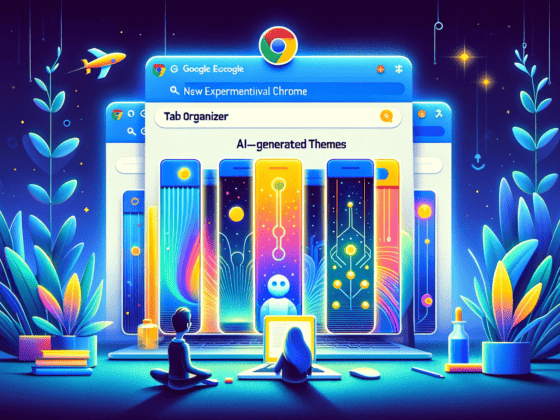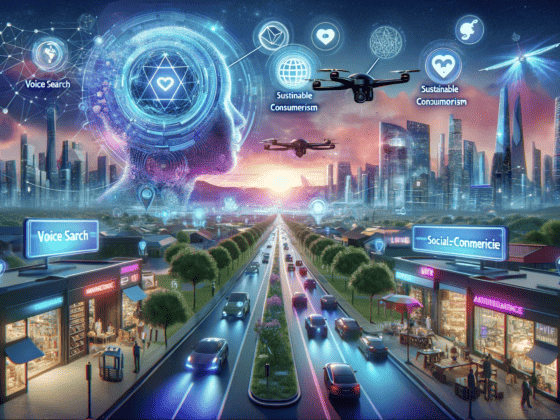Apple’s Worldwide Developer Conference (WWDC) kicked off on Monday with a keynote showing off new operating systems for all of its hardware. Here’s everything you need to know.
iOS 15
Apple officially unveiled iOS 15, which was built around four pillars: staying connected, finding focus, using intelligence, and exploring the world. Here’s what you need to know about the next big iPhone update:
- FaceTime: Apple’s seriously stepping up its video chat game. Grid View and Portrait Mode are coming, as is support for Spatial Audio. You can also send links or share your entire display with “SharePlay,” which allows for third-party app integration via API. Apple said they’re working with Disney, HBO, TikTok, Twitch, and more. Another nice new feature: you can join FaceTime calls from the web on Android or Windows.
- Health: A new metric, “Walking Steadiness,” warns you that you might fall… before you fall. Apple will also present trends for your health data with more trackable metrics than what’s available on your Apple Watch. With telehealth seeing a big boost due to the pandemic, being able to share Health data with your doctor is a great new feature (and you can now share between families, too).
- Maps: More detail in cities, especially around buildings and commercial districts. Commuters’ lives will be easier, too, as new transit features will let you know when to hop off a train or bus.
- Messages: “Shared Stacks” helps keep you organized by combining content from your Messages, News, and Photos apps.
- Notifications: You can now choose when your iPhone delivers a notification summary. Toggling Do Not Disturb mode on your phone lets your contacts know you have it enabled, which is cool (and a bit creepy).
- Photos: Apple is using AI to detect text in images automatically with a new OCR feature. Photos will now appear in Spotlight search, too.
- Siri: Siri is now available offline, which means the experience should be faster and more responsive.
- Wallet: You can now store keys for your home and office in your Wallet, as well as hotel keys (which Hyatt will roll out later this year).
- Weather: New look, same great taste. (Also: lots of new data.)
iPadOS 15
Here are the biggest new features on display in iPadOS 15.
- App Creation: For the first time ever, you can create iPad and iPhone apps on an iPad with Swift Playgrounds (and launch/release directly to the App Store). 9to5Mac notes that “it is probably notable that Apple chose not to rebrand this as ‘Xcode’, signifying that you aren’t going to be able to do everything you can do with Xcode on the Mac.”
- App Library: Now available on iPad after launching on iOS 14 last year.
- Home Screen: You can view your home screen from within apps by sliding these apps out of the way.
- Multitasking and Split View: You can now drag and drop apps to enter Split View.
- Quick Note: Quickly create a note from within any app. (These notes can also be created on macOS. The notes are viewable, but not creatable, on iOS.)
- Translate: A new “Auto Translate” feature automatically translates spoken conversations. Very helpful.
- Widgets: Now available on the home screen.
macOS Monterey
Here are the key takeaways from Apple’s newest laptop/desktop OS:
- AirPlay to Mac: You can now AirPlay content from your iPhone on your Mac’s display. Nice.
- Safari: Visual redesign, and now with an integrated tab bar.
- Shortcuts App: Create automations, build shortcuts, access existing shortcuts, and more. Integrates with Spotlight, appears in Finder.
- Universal Control: More easily integrate your iPad with your Mac, using a keyboard and mouse on either device. You can drag-and-drop between devices, too.
watchOS 8
Not to be left out in the cold, watchOS is getting an upgrade, too.
- Mindfulness: Out goes the Breathe app and in comes Mindfulness.
- Photos: New interface, which now includes highlights and memories.
- Respiratory Rate: Now measured during sleep tracking.
- Timers: Now… multiple timers!
- Weather: Your Apple Watch will now tell you if it will rain in the next hour.
tvOS 15
Here are the shiny new features coming to tvOS:
- “Hey Siri”: You can now use this command to play content on your TV.
- Lossless Audio: Coming later this year. (More info below.)
- “Shared with You”: A hub in the TV app that lists content that has been — you guessed it — shared with you in the past.
- Spatial Audio: Powered by AirPods Pro and AirPods Max. (More info below.)
iCloud+
Apple announced iCloud+, which has three new features (but the same price point). The big feature is “Private Relay,” which encrypts everything leaving your device, sending it through two relays. (Apple says no one, not even them, can view or access this data.) “Hide My Email” uses technology similar to what Apple previously rolled out with “Sign in with Apple” to create randomized and unique emails that forward mail to your main account. iCloud+ also removed the five camera per account cap on HomeKit Secure Video cameras.
Siri… Everywhere
For the first time, Siri is available on third-party devices. Apple did not give details of further examples, but if you’ve wanted to build your Smart Home around Apple’s ecosystem, this is a big step toward that reality. (This may be the keynote’s biggest announcement.)
AirPods
Siri already could announce incoming phone calls and messages, but Siri can now read notifications to you, too, via your AirPods. In a noisy area? Your AirPods can now boost phone call audio. Integration with “Find My…” was improved, too, making it easier to find misplaced AirPods. AirPods are also getting Spatial Audio capabilities. Speaking of…
Spatial Audio, Lossless Audio
Fresh off a recent announcement of lossless audio, Apple doubled down with its audio enhancements by launching Spatial Audio support with Dolby Atmos. If you have AirPods, AirPods Pro, AirPods Max, or Beats headphones with an H1 or W1 chip, you’ll be able to take advantage of Spatial Audio. Apple said all 75 million tracks on Apple Music will be available, lossless, by the end of the year. (20 million songs are lossless compatible starting today.)
Some quick storage math: 10GB will get you…
- 3,000 songs in HQ AAC
- 1,000 songs lossless
- 200 songs hi-res lossless
Some quick streaming math: a 3-minute song will require…
- 1.5MB of data with “high efficiency” enabled
- 6MB of data at 256 kbps (HQ)
- 36MB of data at lossless (24-bit/48 kHz)
- 145MB of data at hi-res lossless (24-bit/192 kHz)
By Shelly Palmer


